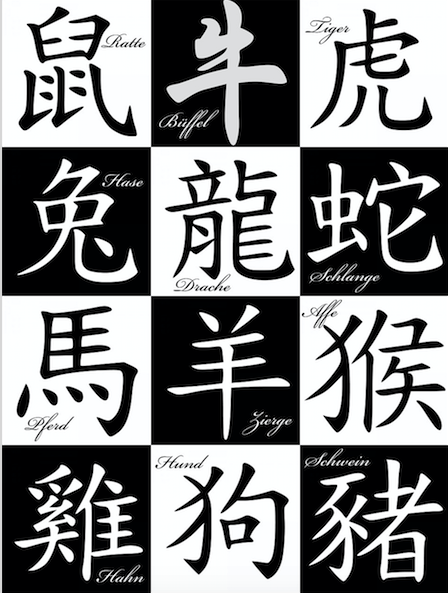Chinese language is a different kind of language and it has got its own strengths and weaknesses. The below answer is totally my own perception about Chinese language and personal experience while learning the language on my own. I will try to give as many examples as possible to validate my statements.
Traditional Chinese has been in existence thousands of years and it is the base language for many other Asian countries either borrowed Chinese characters or borrowed vocabulary. As the traditional language has very complex script, the literacy rate was declining China. This made Chinese government to take measures to simplify the characters and also Romanize the characters. To appreciate the strengths and weakness of Chinese language, one must understand the following
What is Character simplification?
As each Chinese character is set of various strokes, referring the below traditional characters, we can observe there is a reduction in the number of strokes.

As you observe the variation from the traditional to simplified, the complete shape of the character is not changing but dropped some base characters. For instance,
From Traditional

The base character 心 is dropped which is reducing 4 strokes altogether.
What is Pinyin?
Pinyin or Hànyǔ Pīnyīn is the official romanization system which is been followed by mainland China, Malaysia, Singapore and Taiwan. It was published by Chinese government in 1958 and been revised several times. Now a days Pinyin was adopted as official standard where it is used for Romanization and making more English friendly. Interestingly due to Pinyin it is now easy to use English alphabets to frame a Chinese character.
Four tones were introduced in the language in addition to Romanization. Example of four tones as below

As we observed above, each tone and its character representing a different meaning.
Now let’s talk about the strengths and weakness of Chinese language. As you can see below points are strengths and even weakness too
1. Pinyin, tones and pronunciation
Strength:
To be frank, the tones are the beauty of Chinese. If you talk Chinese without tones, the language will be without life. The Pinyin table is the most critical of learning and it’s more logical its own way and I can say it is the language’s strength.
Weakness:
Pinyin and tones also have its own weaknesses as explained in below examples

Source
As observed in above example again, there are four different meaning with the “ma” combinations with tones. As a foreigner, due to ignorance we may pronounce a wrong tone will have a risk of wrong meaning. The below table is compiled by me to show how many different combination of “Shi” words with different tones, which has its own character and also meaning. This is the best example of how complex the language due to its tones.

In addition, there are many complex pronunciations which we can’t find in English like 女 – nǚ
2. Character combinations & Written Chinese
Strength:
Character combination and written Chinese is logical in some aspects and eases one to learn those words very easily. For example the below words compiled by me, are the combination of 心(xin) with other words to get a derivative meaning.

If observed the below words for months and its names in Chinese

It is just combination of various words and it is completely logical for many of the Chinese words.
Another major difference is the characters. Let’s take 人 (ren) as an example. A single 人 means a person, a human being. Two 人 make a new character, 从 (cong), which means to follow (one person followed by another person). Three 人 make 众, which means the masses or a crowd. Likewise, a single 木 means a tree or wood. Two 木 make 林, meaning woods. Three 木 make 森, which means a forest. We can build more complex Chinese characters by learning basic components and single-structure characters step by step. It is like we learn various English words by starting from the 26 letters. Making sense isn’t it? It’s the beauty of Chinese language.
Weakness:
Some words are the combinations of radicals which are completely illogical and the written Chinese is still complex despite the simplification of the characters. There are still various characters in Chinese which have many strokes as below

Source
3. Grammar
Strength:
Chinese grammar is in many ways similar to English grammar. A simple Chinese sentence structure consists of a subject, a predicate and an object. For example, ‘I wash my hands’ in Chinese is 我 Wo (I) 洗 xi (wash) 手 shou (hands). Chinese grammar is even simpler in some ways. For instance, the Chinese language does not have different forms based on gender, or singular/plural. Compared to other counterparts link Korean and Japanese, Chinese grammar is easier to follow as it don’t have many parts of speech which we see in English.
Weakness:
Grammar is also a weakness too. As we know there are some parts of speech not available, the exact translation always gives wrong results in majority of translation software and websites.
Hope this helps!
Original article was written as Answer in Quora – Click here
More articles to come on Learn Chinese !
Stay tuned. Follow me on
Twitter – @umkev
Facebook – @murali.today
Instagram – @umkev
Do message me on my pages if any suggestions, improvements on the articles. Also don’t hesitate to ask me to write on any topic you would like to know about.
